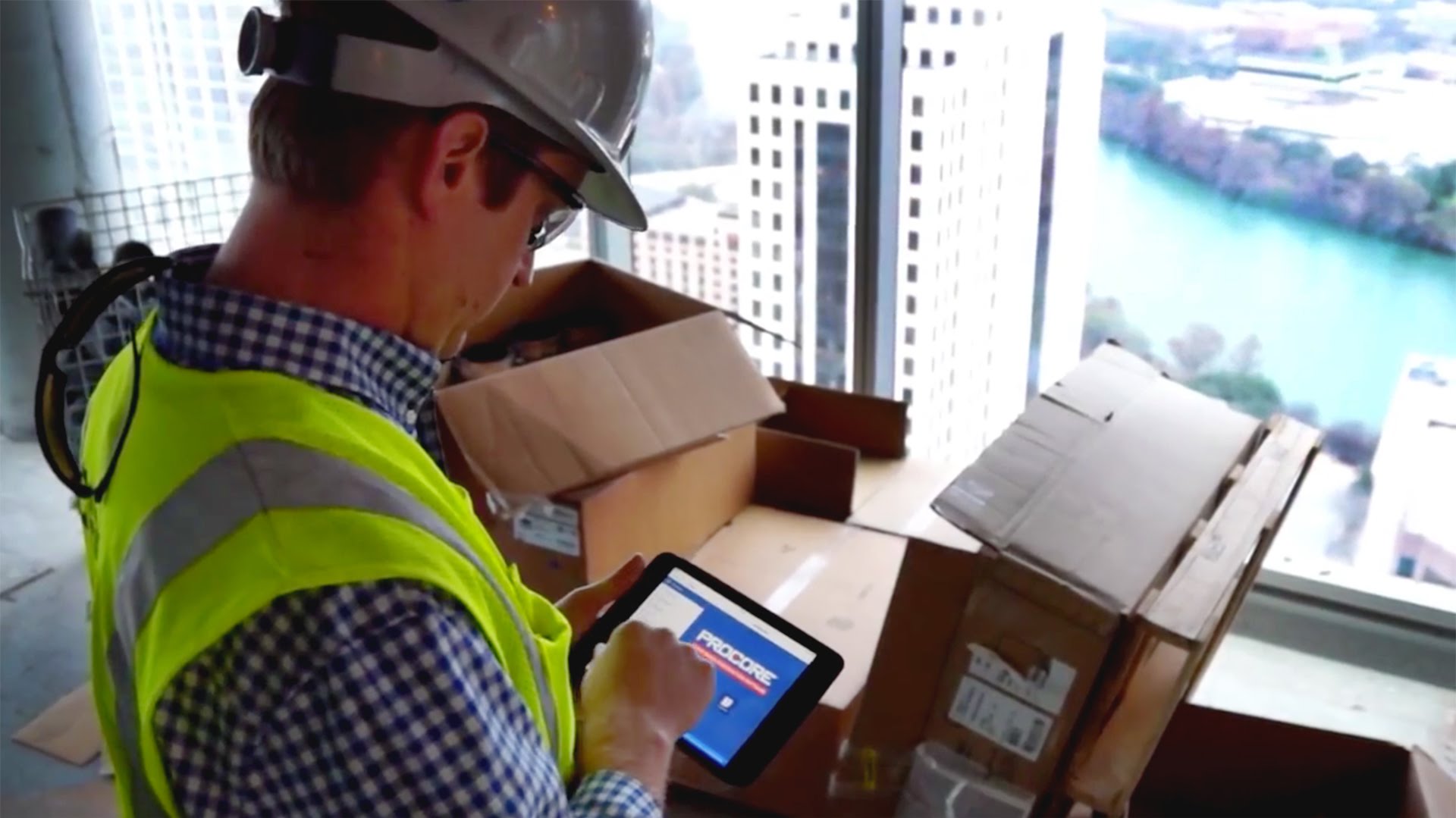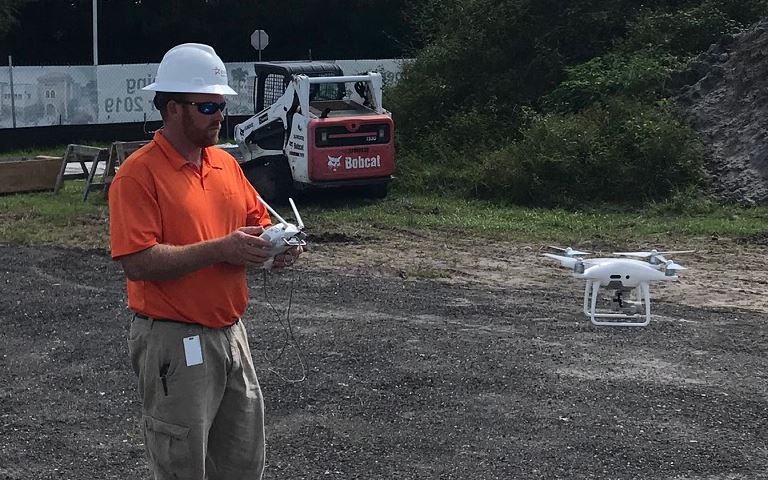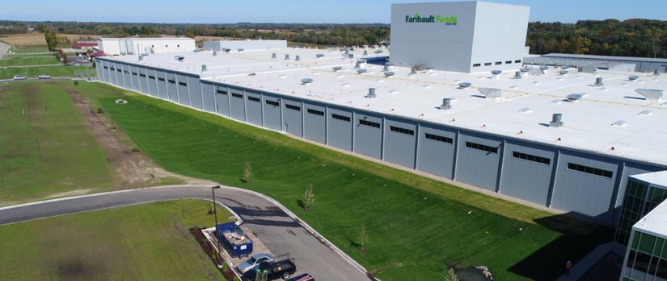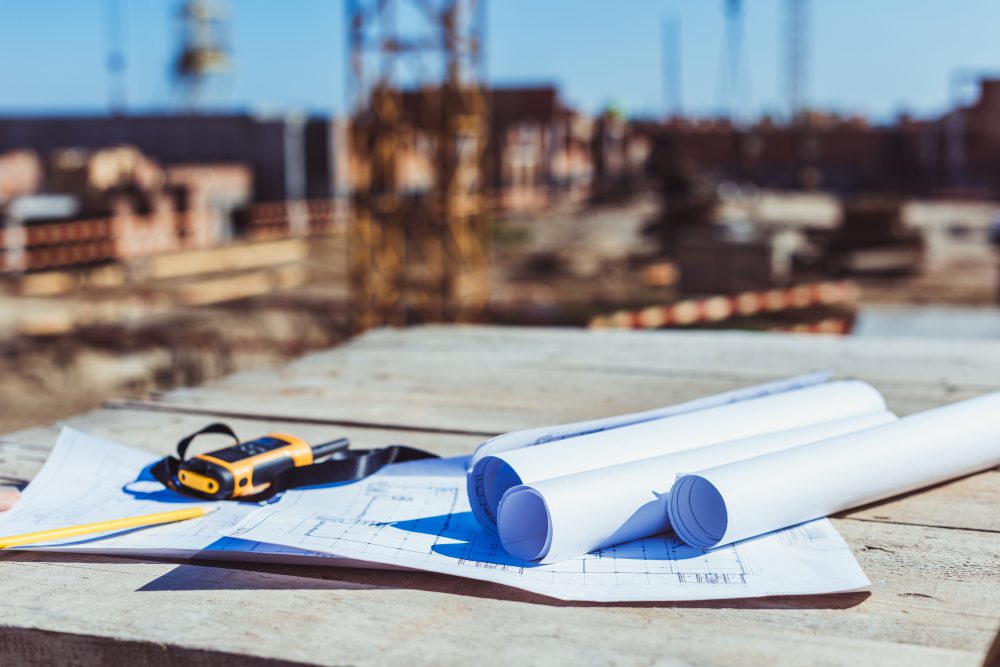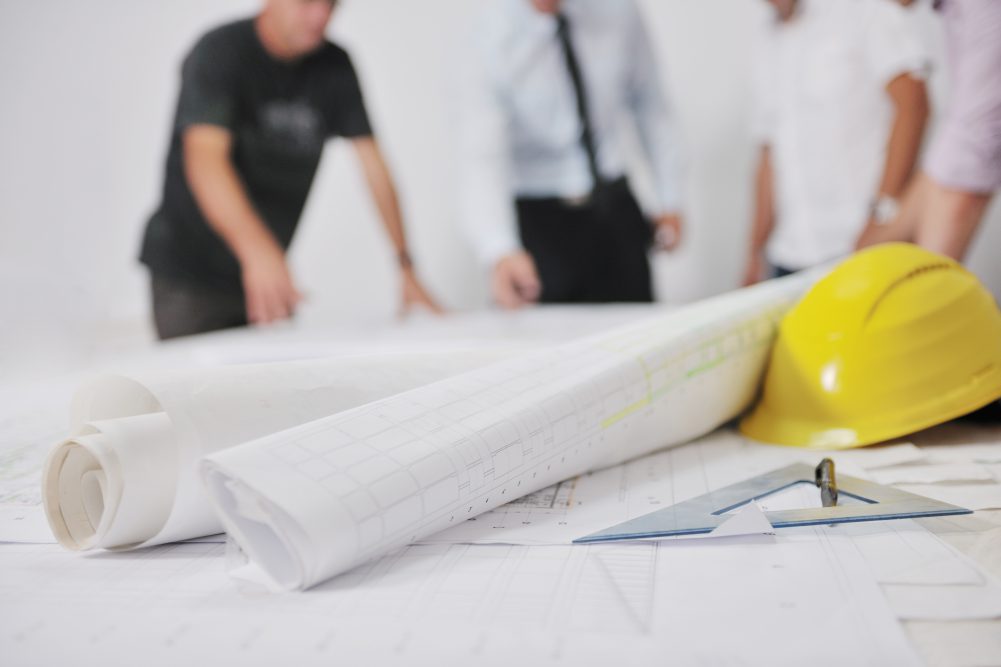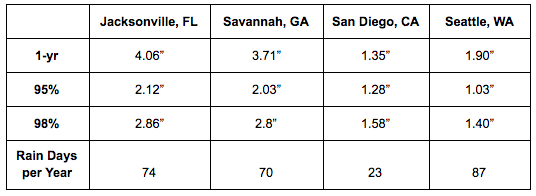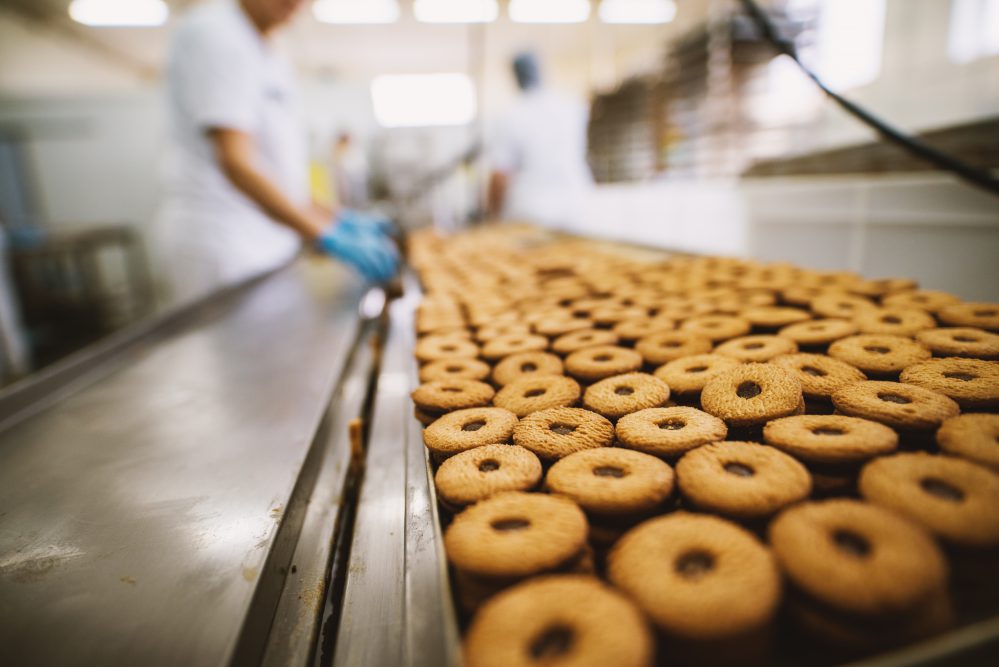Ready-to-Eat Food Manufacturing: 5 Recommendations for Future Growth
The demand for healthy and convenient ready-to-eat (RTE) food is on the rise. Already the largest segment in the overall conventional and non-conventional food industry, the RTE food market is forecasted to grow at a 21.8-percent compound annual growth rate (CAGR) between 2018 and 2023.
Many consumers today want foods that are both convenient and healthy, foods that require little to no preparation and that are natural, organic, non-GMO and more. So how can RTE food manufacturers prepare their facilities for this growing demand? Let’s explore some important considerations as these companies look to the future.
Continue Reading “Ready-to-Eat Food Manufacturing: 5 Recommendations for Future Growth”




